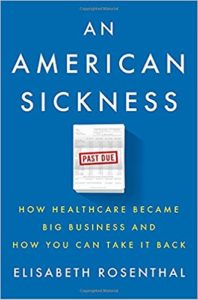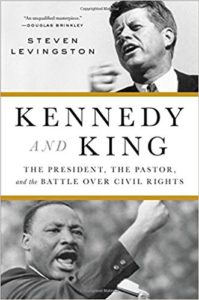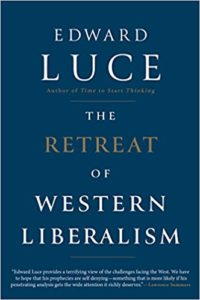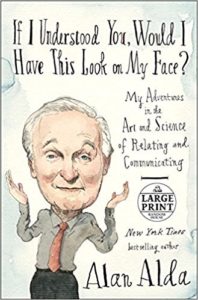
Fiction

1. Eleanor Oliphant is Completely Fine by Gail Honeyman
(5 Rave, 1 Positive)
“This is a narrative full of quiet warmth and deep and unspoken sadness. It makes you want to throw a party and invite everyone you know and give them a hug, even that person at work everyone thinks is a bit weird.”
–Jenny Colgan (The Guardian)
*

2. The Force by Don Winslow
(4 Rave, 3 Positive)
“It’s rare for a writer to produce two career-defining masterpieces back-to-back, but that’s exactly what Winslow has done by following The Cartel (2015) with The Force. In an era rife with racially motivated police brutality, Winslow has created what will likely become our quintessential cop novel.”
–Bill Ott (Booklist)
*

3. Defectors by Joseph Kanon
(4 Rave, 2 Positive)
“Each time I’ve finished one of Kanon’s books, I’ve asked myself why I haven’t read all of them. There are now eight. As soon as I was done with Defectors, I ordered all the rest from my local bookshop.”
–Philip Kerr (The New York Times Book Review)
*

4. Do Not Become Alarmed by Maile Meloy
(4 Rave, 2 Positive, 1 Mixed, 1 Pan)
“This novel is a bait and switch in the best possible sense. It promises readers easy-to-identify-with protagonists in a pair of mothers going through a parent’s worst nightmare. Then it presents them with so much more, a richer, broader palette of people to believe in and to understand.”
–Laura Miller (Slate)
*

5. Stephen Florida by Gabe Habash
(3 Rave, 1 Positive)
“A spellbinding coming-of-age novel, Stephen Florida is not the kind of book content with clean plot lines or loose ends tied up neatly. Instead, it’s a deeply satisfying peek into the mind and heart of a troubled young man trying desperately to rein in the chaotic and multiplying forces of a world he cannot control.”
–Trevor Corkum (The Toronto Star)
**
Non Fiction

1. Blind Spot by Teju Cole
(4 Rave, 1 Positive)
“The point here is not the exotic but its opposite: mysteries of the ordinary, attained in patiently awaited, brief flashes. In other words, this is a book about human culture … The images are populated with human life, but for the most part that life is implicit: with a notable, climactic exception, there are few faces. These choices are deeply purposeful.”
–Robert Pinsky (The New York Times Book Review)
*

2. An American Sickness by Elizabeth Rosenthal
(2 Rave, 3 Positive, 2 Mixed)
“Reading it is a sobering experience, one that shows what’s really at stake when it comes to our sprawling, costly and illogical health-care system … Rosenthal combines her reportorial and medical skills to provide an authoritative account of the distorted financial incentives that drive medical care in the United States.”
–Juliet Eilperin (The Washington Post)
*

3. Kennedy and King by Steven Levingston
(2 Rave, 2 Positive, 1 Mixed)
“Comparing and contrasting disparate historical figures can easily be artificial, misleading, even gimmicky. Steven Levingston, however, has walked this tightrope magnificently. In his important new book, Kennedy and King, the rest of us get an unusual chance to study each leader in part through the other over a tumultuous, pivotal eight-year period. As is always the case with major contributions to our understanding, Levingston’s is grounded in diligent research and detail.”
–Thomas Oliphant (The Washington Post)
*

4. The Retreat of Western Liberalism by Edward Luce
(1 Rave, 4 Positive, 1 Mixed)
“…[an] insightful and harrowing new book … this volume sometimes tries to cover too much in too little space, but it’s timely and informed, providing an important overview of the dynamics in an increasingly interconnected and fragmented planet.”
–Michiko Kakutani (The New York Times)
*

5. If I Understood You, Would I Have This Look on My Face? by Alan Alda
(2 Positive, 2 Mixed)
“The book’s major strength comes from Alda’s choice to take an interprofessional approach and avoid offering prescriptive methods to enhance interpersonal understanding. As he writes, communication ‘is a dance we learn by trusting ourselves to take the leap, not by mechanically following a set of rules.’ A sharp and informative guide to communication.”
***

